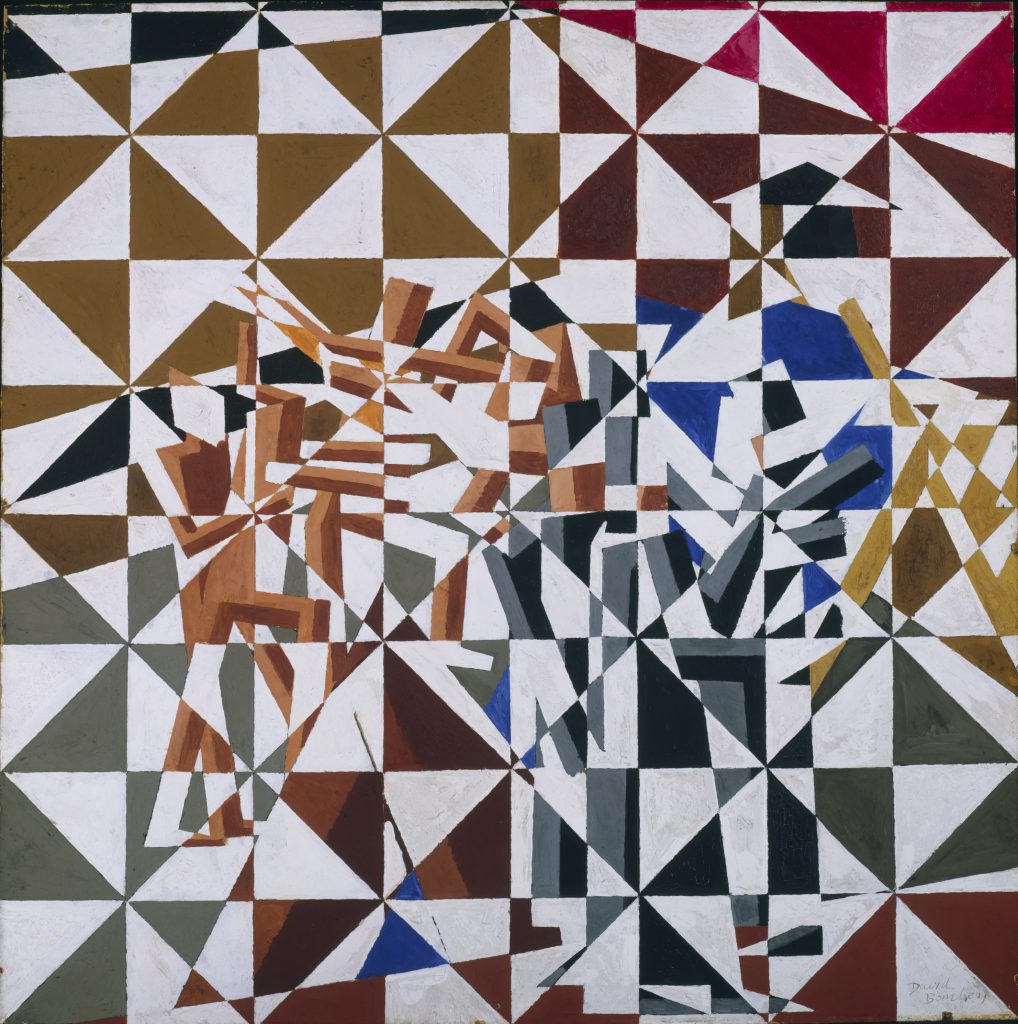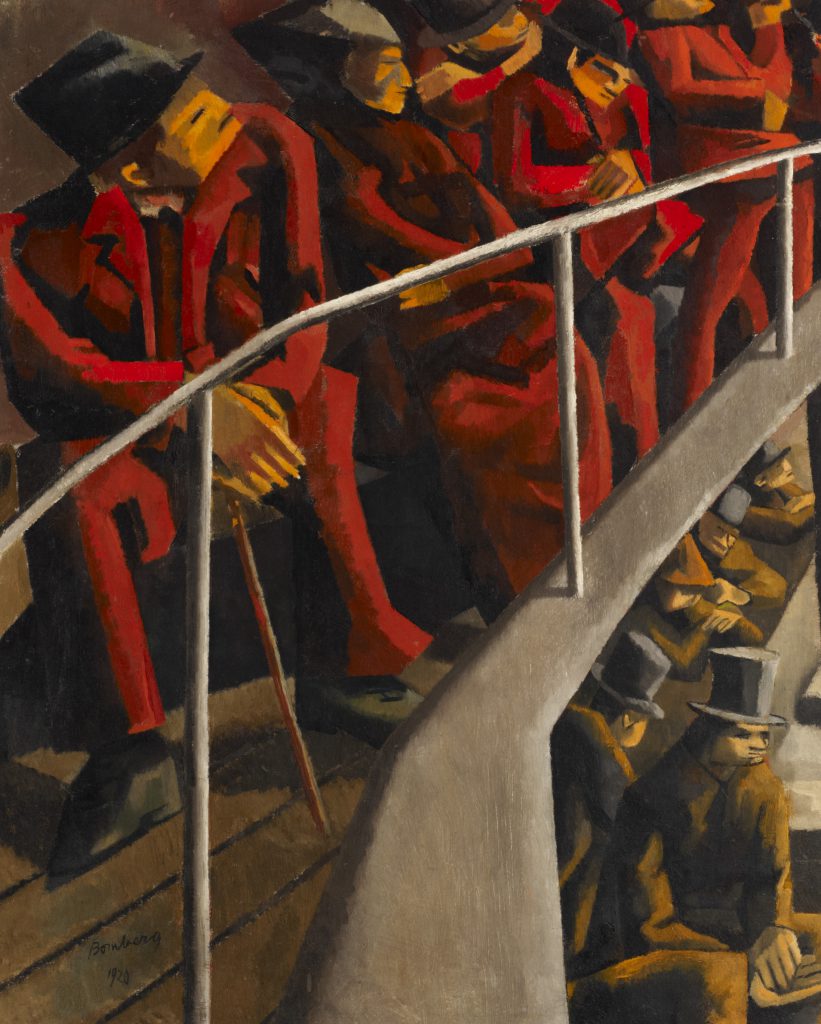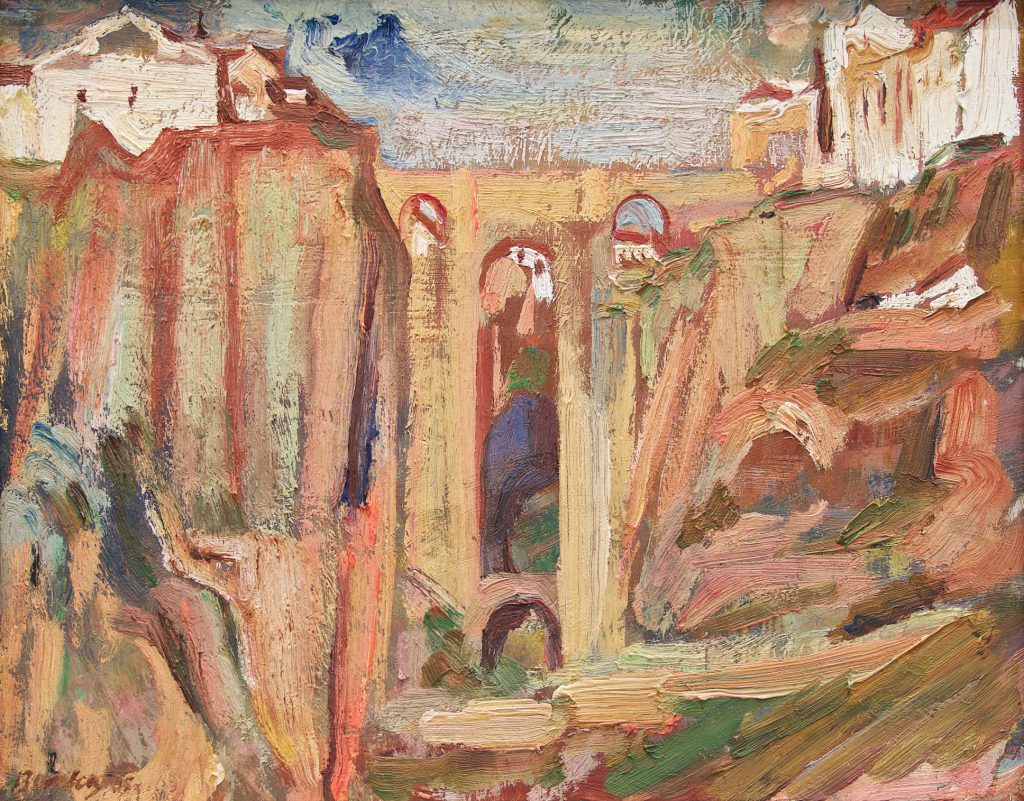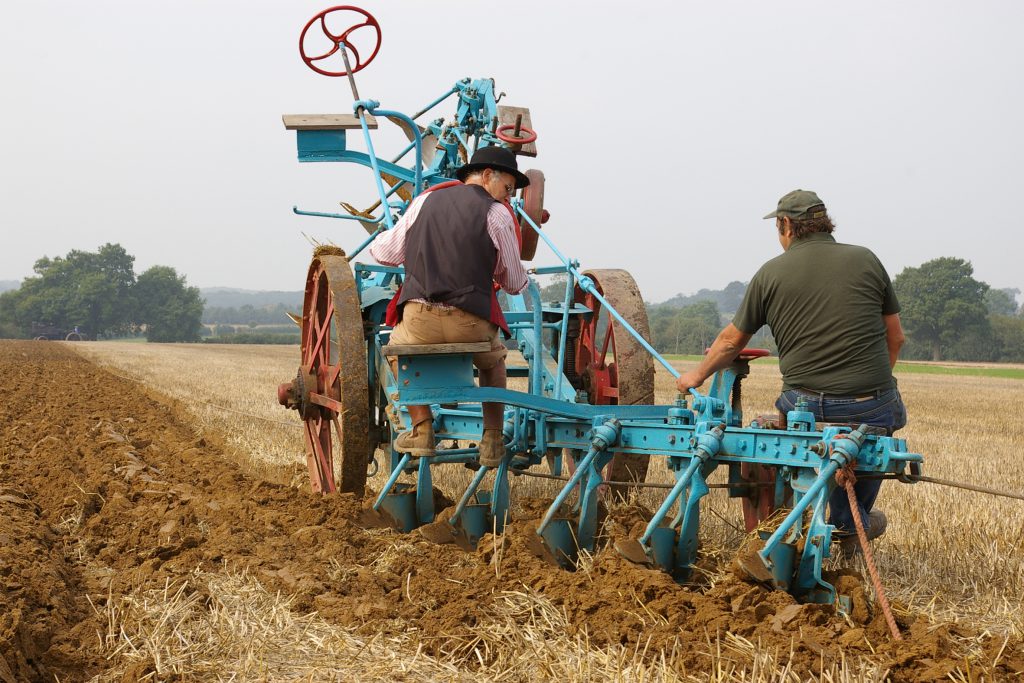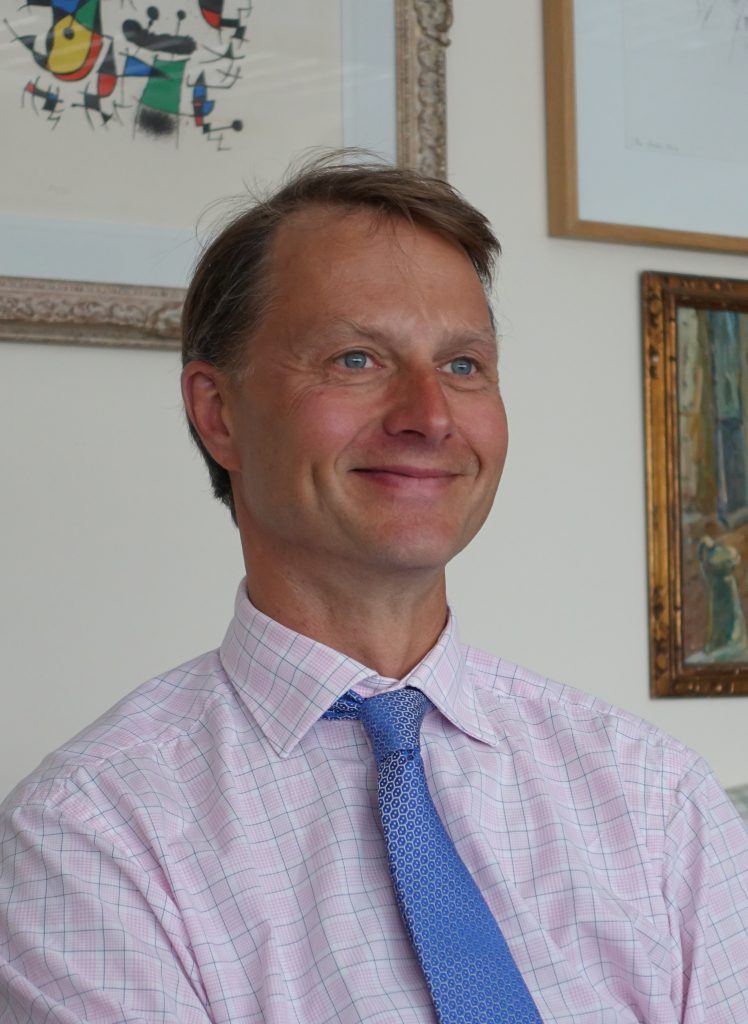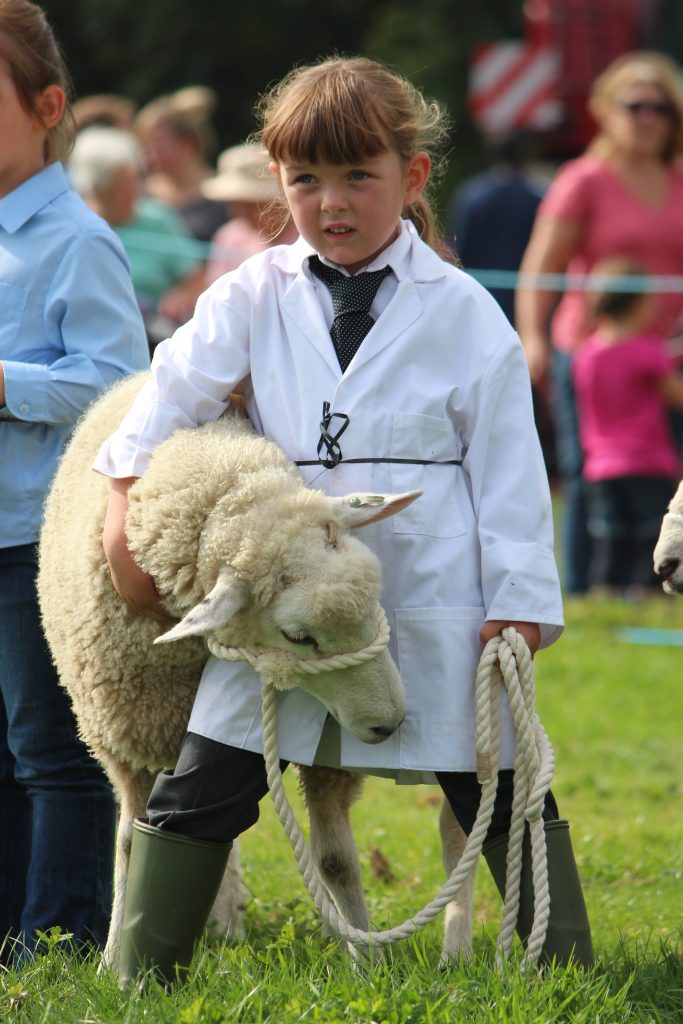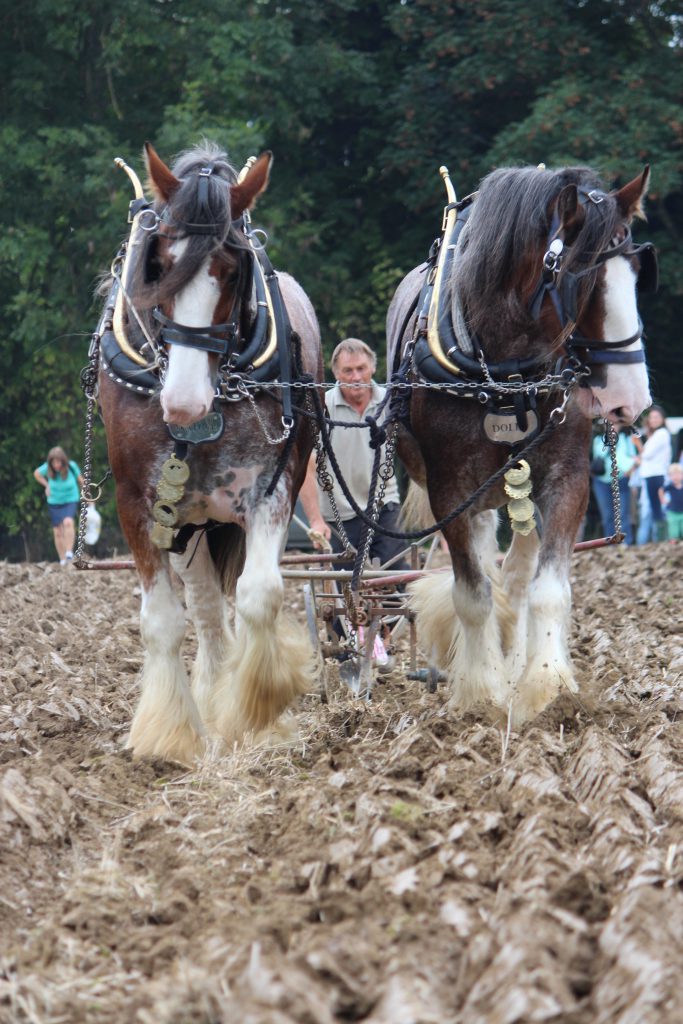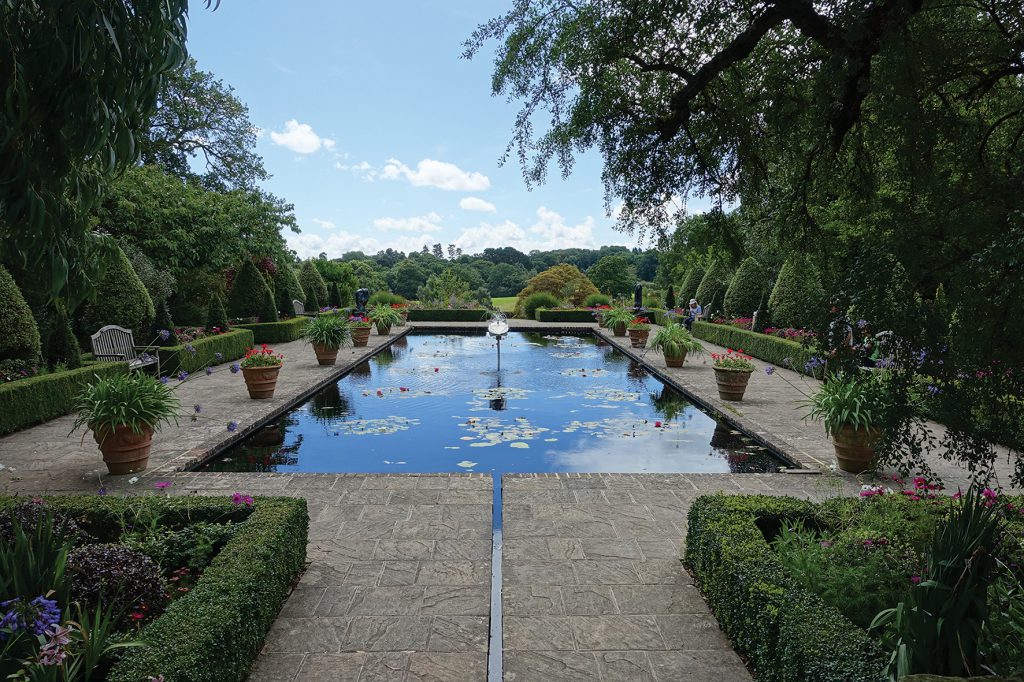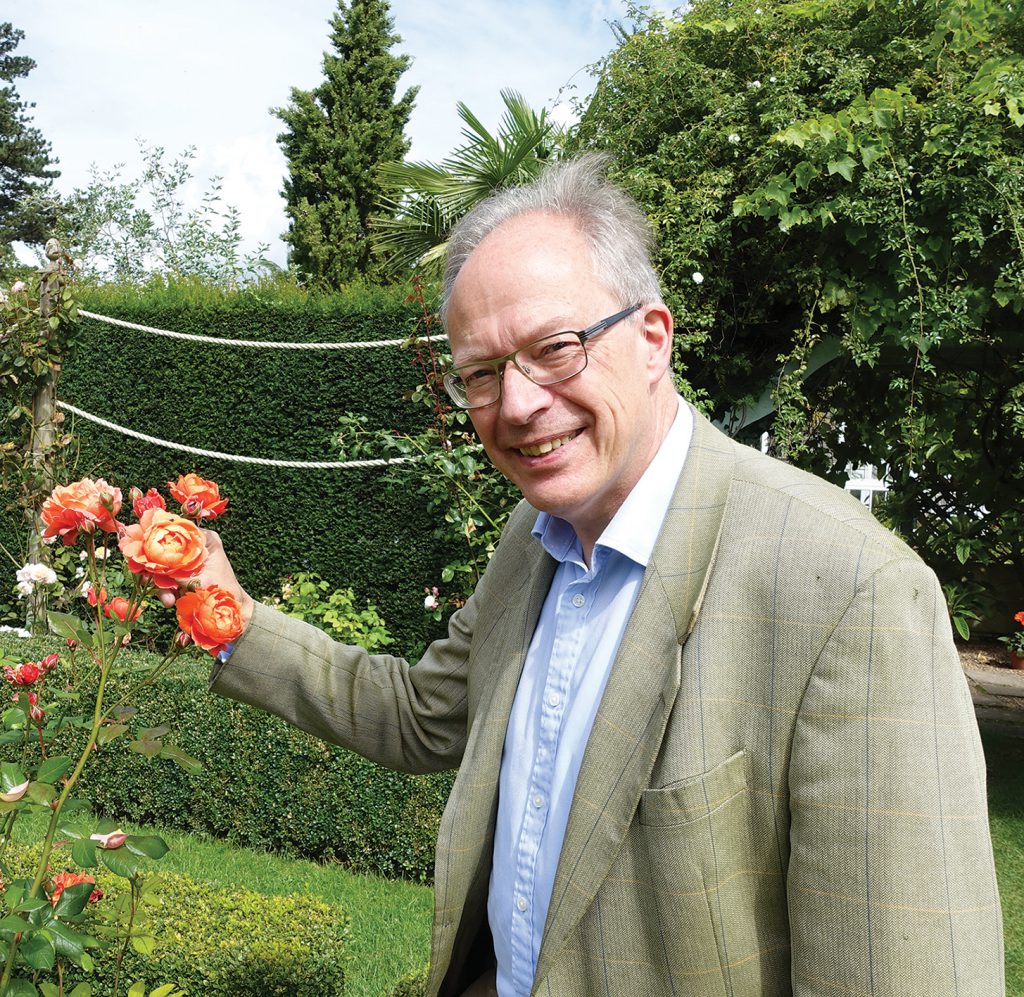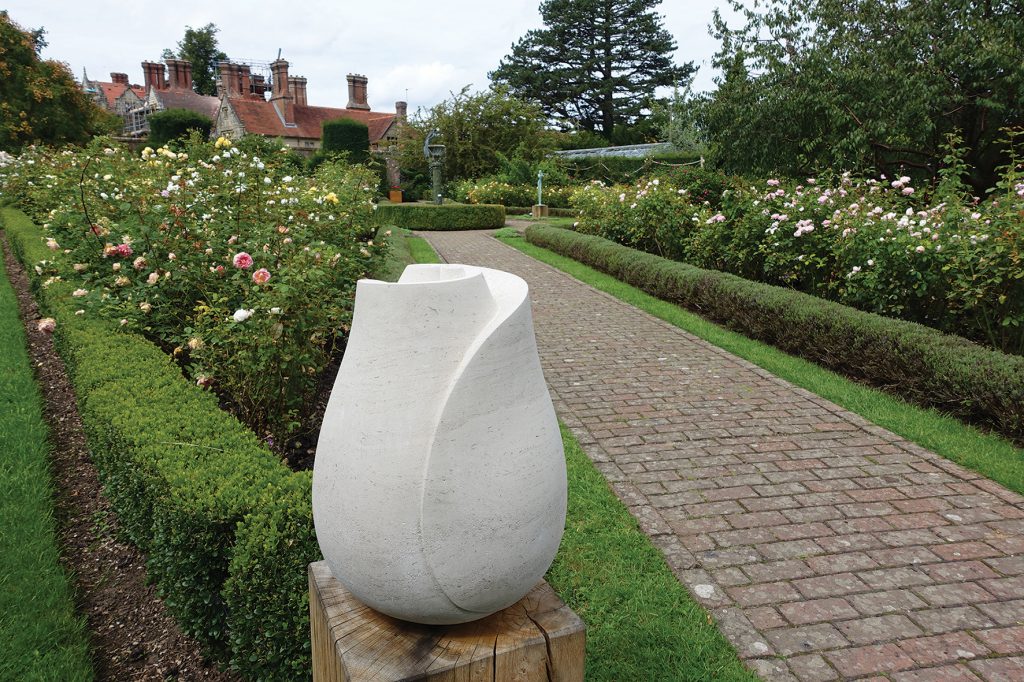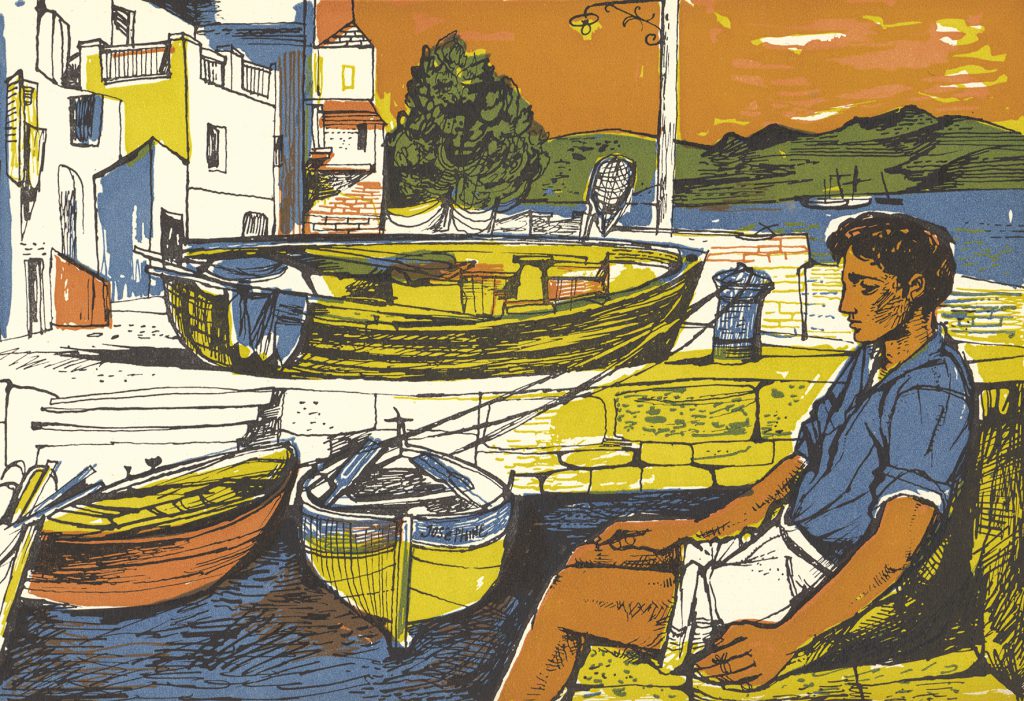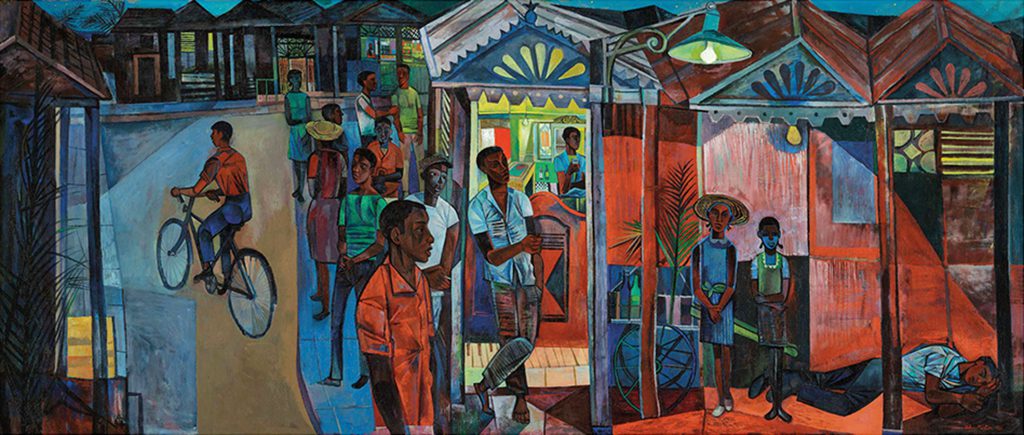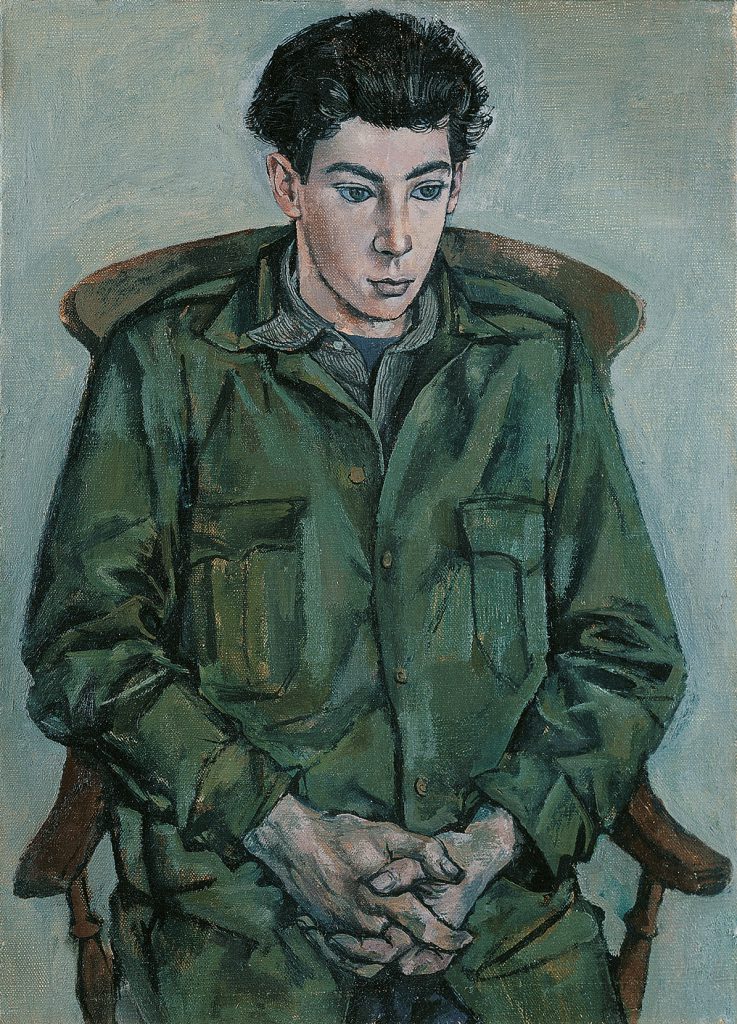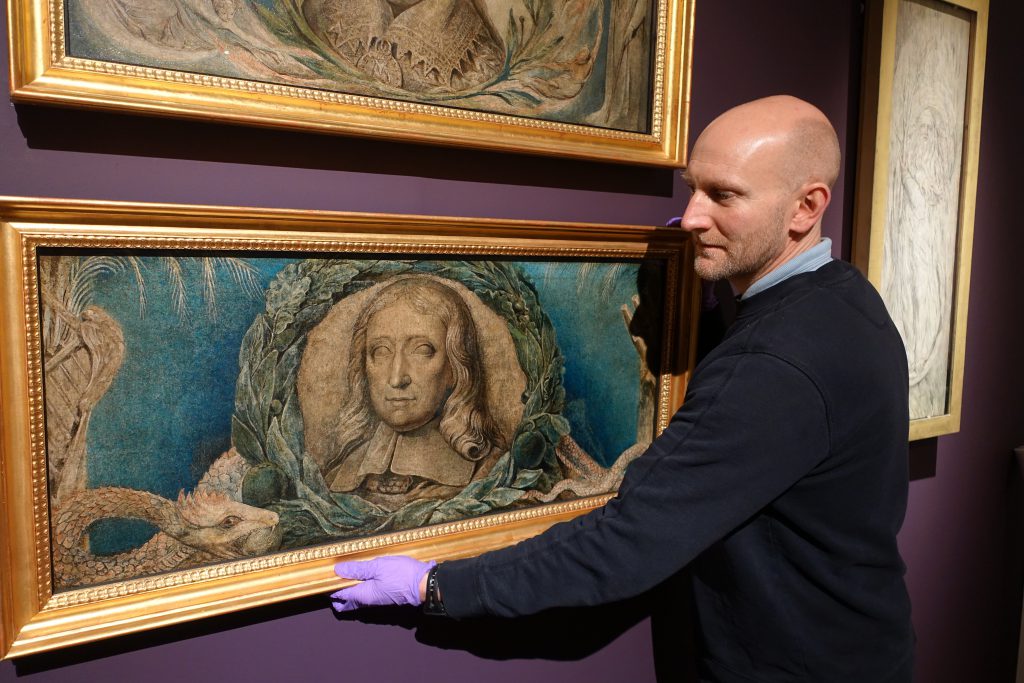
One of 2018’s most anticipated exhibitions, William Blake in Sussex: Vision of Albion, opens at Petworth House, West Sussex this weekend. I was fortunate enough to call in last week as the show was being hung under the exceptional eye of the National Trust’s Exhibition Manager at Petworth and the exhibition’s curator, Andrew Loukes and I can confirm that this is going to be an exceptional show.
In recent years the importance of Sussex as a centre for art and artists from the 18th to the 20th century has been affirmed by numerous exhibitions in London but I am delighted that William Blake in Sussex is being held in its correct context.
It is rare for an important country house like Petworth to have William Blakes in its collection and on display. It was Elizabeth Ilive, the 3rd Earl of Egremont, George Wyndham’s mistress and then wife, who commissioned Blake to paint ‘A Vision of the Last Judgement’ in 1808. The image sanctifies family life. Mothers and Fathers ascend to heaven with their children and infants, as Christ sits in Majesty. In contrast, on the opposite side of the composition the wicked descend into hell.
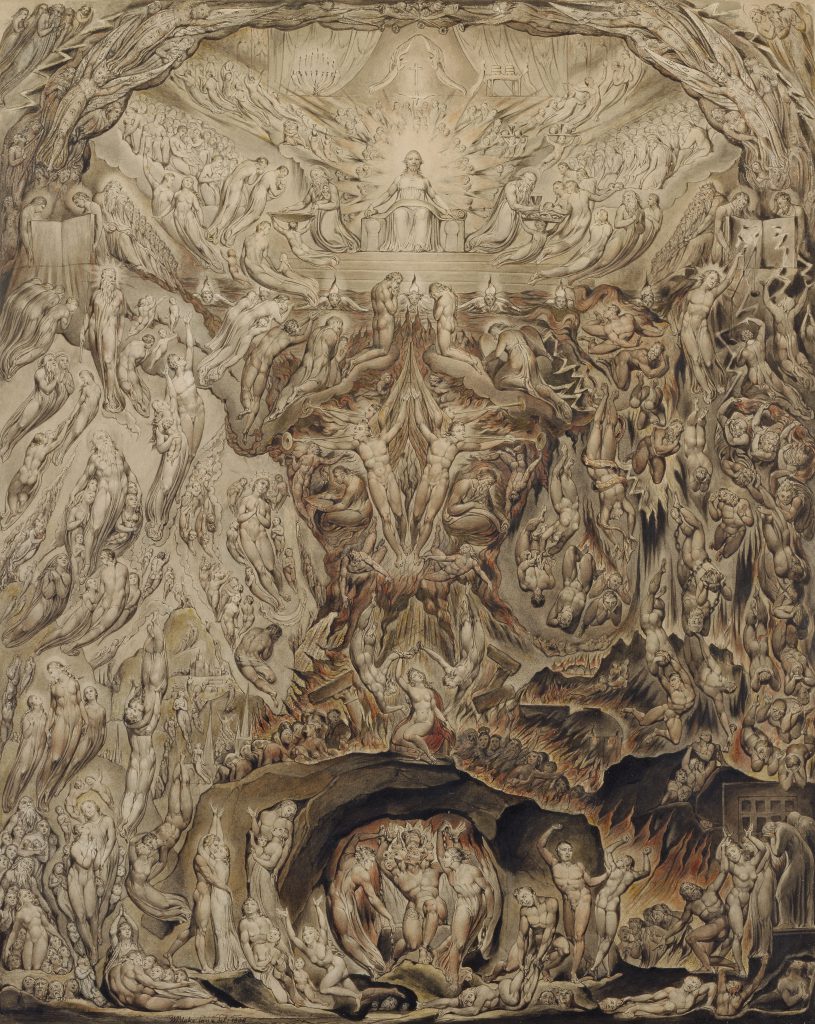
Blake described the iconography: “the Just, in humiliation and in exultation, rise through the air with their children and families…among them is a figure crowned with stars, and the moon beneath her feet, with six infants around her.” In his accompanying essay Andrew Loukes argues that whilst Blake describes the figure in this passage as representing the Christian Church it is possible that the woman is actually Elizabeth accompanied by her six surviving children and that the artist who faces her and appears to be drawing her is reminiscent of Blake’s own imagined self-image.
The imagery must have resonated with Elizabeth who from the age of sixteen had born nine children, three of whom died in infancy. George Wyndham’s philandering would bring to a close their long-awaited and all too brief marriage.
This exhibition promises to bring together the threads of William Blake’s faith, political radicalism and the influences of his patrons, Sussex and the pastoral on his life and work.
Petworth House could not be a more appropriate place for this fine exhibition providing a reminder of William Blake’s artistic talent, faith and strong moral vision.
The exhibition runs at Petworth House in West Sussex from 13th February until the 25th March 2018. Entry is by pre-booked timed tickets which can be purchased online at www.nationaltrust.org.uk/petworth. Discounted tickets are available to National Trust Members.
I can’t wait to see the exhibition and I’m booking my tickets as I write.
By Rupert Toovey, a senior director of Toovey’s, the leading fine art auction house in West Sussex, based on the A24 at Washington. Originally published in the West Sussex Gazette.
